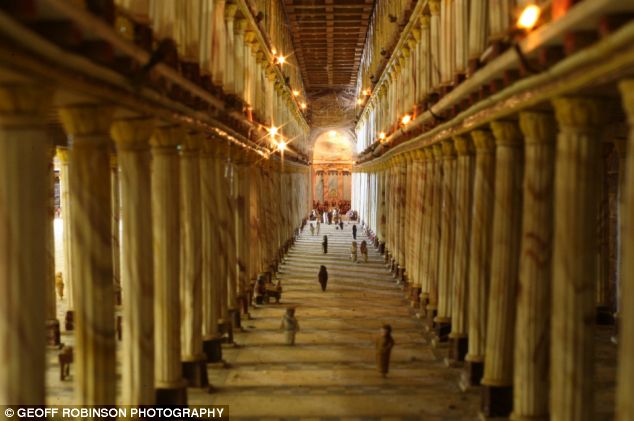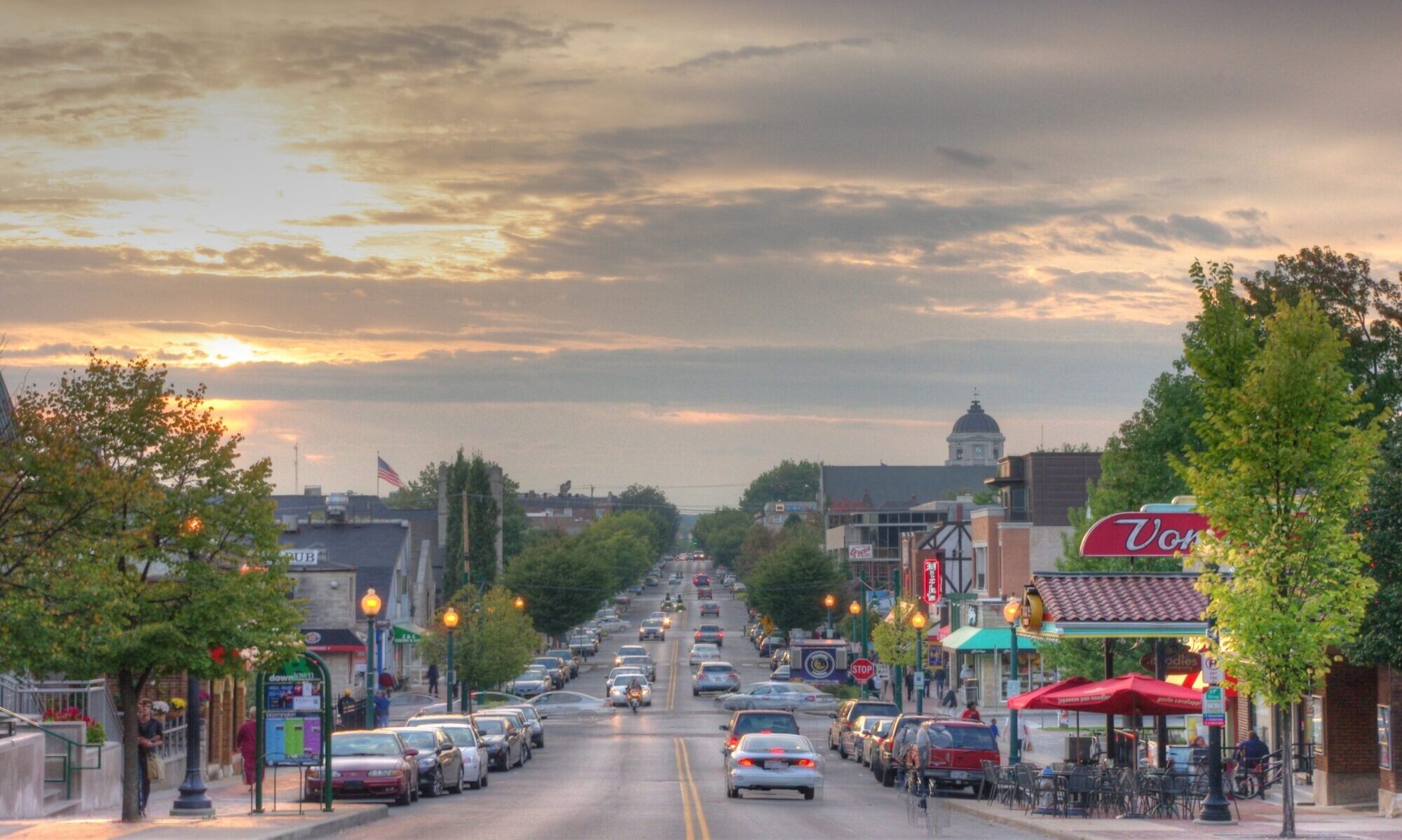For some people it is helpful to visually explore what the ekklesia was and should be. Let’s look at what the ekklesia or a portion of the ekklesia would have looked in different contexts:
Illustrations of the pagan ekklesia of Rome in Ephesus and other cities (Acts 19)



Illustrations of the ekklesia of Jerusalem gathering in the temple courts (Acts 2)



The above photo is of a replica of the temple courts. Notice how big it was! It makes sense the ekklesia met here because there were more than 3,000 believers in the ekklesia of Jerusalem at the beginning.
Illustrations of a portion of an ekklesia meeting together in a house (Acts 2)




Since the “ekklesia” includes all obedient believers in a city, the ekklesia will look like the picture above only in cities with a very small number of believers (Romans 16:23). (Of course, this is assuming that everyone who is included attends.) If a city has many believers then the ekklesia will not look like the picture above. When only a portion of the ekklesia gathers, it is not the whole ekklesia. It is a “portion.”
Jesus wants all the believers in each city to gather all-together. It is good for those same believers to gather among the houses, but he does not want all the believers to only gather in small portions because that is not the ekklesia gathering. If a city has 100 believers, they cannot only gather separately in 10 different homes. All 100 believers must also be called to come all-together in one place — since that would be the ekklesia.
Notice also that it doesn’t matter what kind of building the people meet in. It can be a big building or a small home. It depends on how what believers are included (all versus a select few). The important thing is that the believers are both meeting from house to house and all-together in one place. If there are so many people that they can only meet at a large field or a large building or a large court like those in Jerusalem, then so be it. It’s such a blessing when all God’s people in a city come together in one place!
